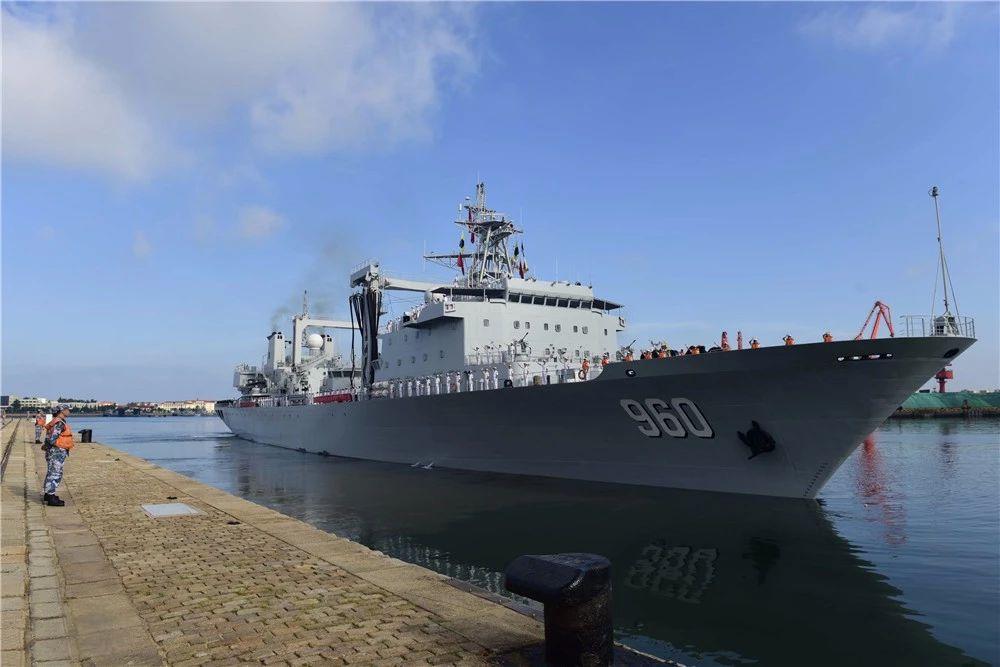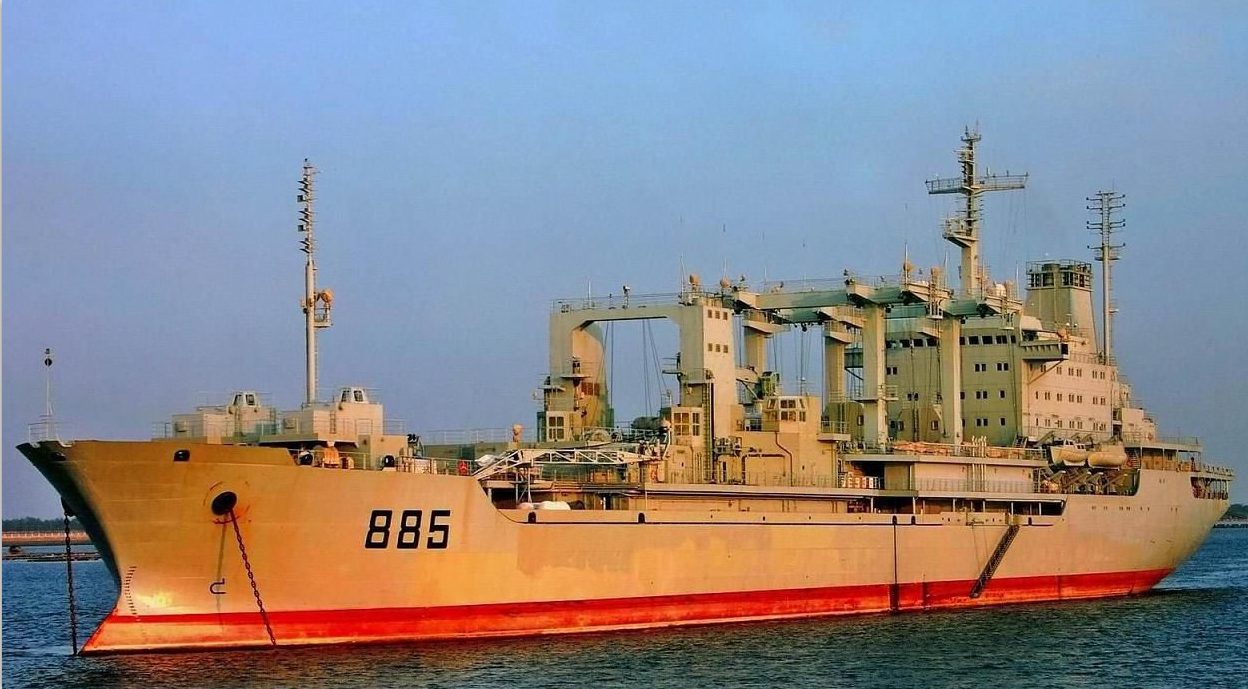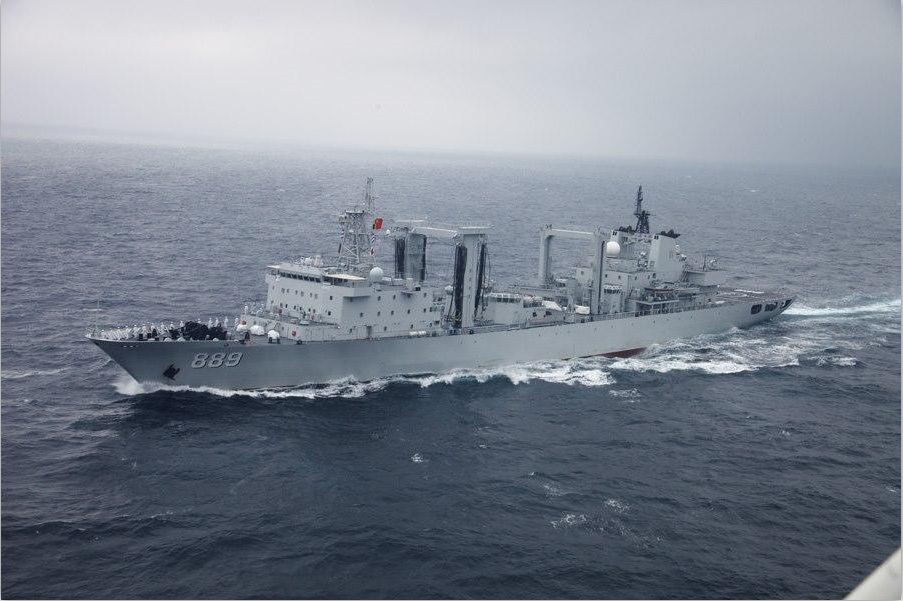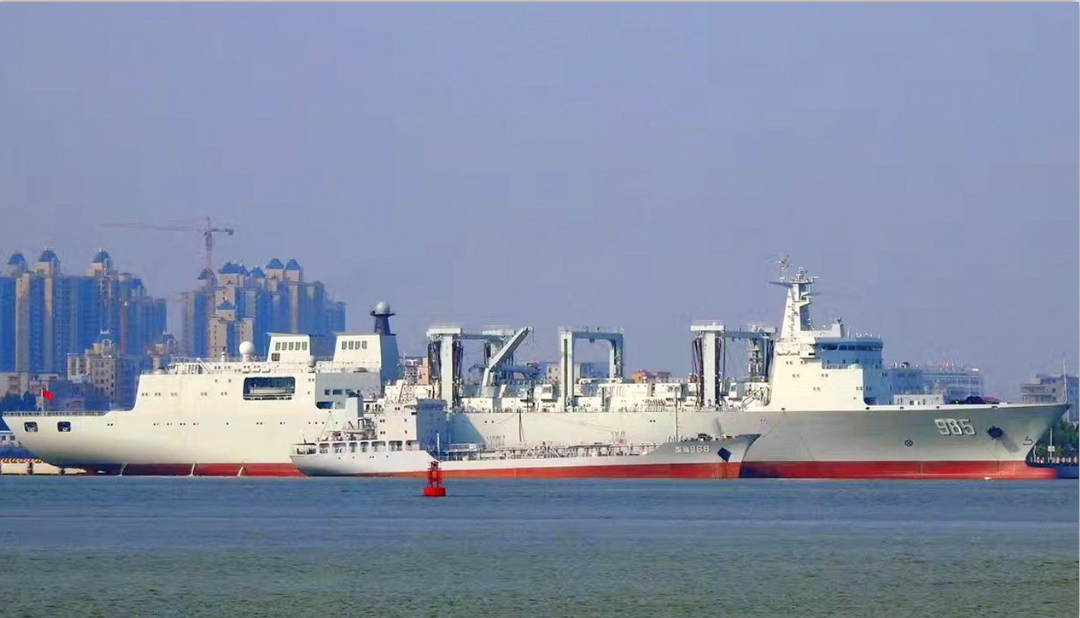By Bei Guo Fang Wu
The 30th Chinese naval escort taskforce set sail on August 6 from a naval port in Qingdao of east China’s Shandong Province to the Gulf of Aden and the waters off Somalia for an escort mission.
The escort taskforce comprises the Type-054A guided-missile frigates Wuhu (Hull 539) and Handan (Hull 579) as well as the comprehensive supply ship Dongpinghu (Hull 960).
More than a piece of news, this is a regular report issued every four months and the 30th of its kind. In 2018, the 10th year of its escort mission, the Chinese navy is reviewing its past hardship and current progress.

In the past 10 years, the 30 Chinese naval escort taskforces dispatched to the Gulf of Aden were all composed of two battleships and one supply ship. The Chinese PLA Navy sent so many new warships, especially frigates, to the Gulf of Aden that even the most fervent military enthusiasts became indifferent to the choice of warships.
People might still remember that, in the first four and a half years of the escort mission in the Gulf of Aden, the battleships were replaced one group after another, while the supply ships were always chosen among Weishanhu (Hull 887), Qiandaohu (Hull 886), and Qinghaihu (Hull 885). Meaning that, the battleships withdrew after only one term of mission, while the supply ships had to sustain two terms of mission.

Therefore, in those four and a half years, excluding regular maintenance, the three largest supply ships of the Chinese Navy at that time were always conducting escort missions. Although they provided much experience for the later improvement of supply ships of the same types, they served too many escort missions.
On August 8, 2013, the era of the “supply-ship troika” was finally ended by the supply ship Taihu (Hull 889), the first vessel of the Type-903A comprehensive supply ship series.
As China’s ship-building industry has been making rapid progress in recent years, the number of warship types has also increased, including combat support ships that are essential among the ocean-going fleets.
Now there are many supply ships available to take turns serving in the escort missions. The comprehensive supply ship Dongpinghu (Hull 960) serves only one term at a time, with its most recent trip in 2016.

Both Dongpinghu (Hull 960) and Taihu (Hull 889) are Type-903A comprehensive supply ships, updated from the Type-903 series with only two of its kind –Weishanhu (Hull 887) and Qiandaohu (Hull 886).
Supply ships of the Type-903A series have had their displacement increased from 20,000 to 25,000 tons. What’s more, they are able to carry 10,500 tons of vessel/aviation fuel, 250 tons of fresh water, and 680 tons of ammunitions.
Supply ships of the Type-903A series have two sets of liquid material replenishment systems, one set of solid material replenishment system, large cranes on both sides at the mid-ship section, four small boats, a Z-8 ship-borne helicopter, and four pieces of 37mm twin-barreled ship-board artillery systems for self-defense.
The Type-903 series supply ships have greatly improved their replenishment efficiency and are able to conduct alongside, astern, vertical, and skin-to-skin connected replenishment-at-sea at the same time. Therefore, they can carry out underway replenishment missions under more complicated conditions.

According to reports, China has completed ten Type-903 supply ships, with one still under construction. Currently, ships of the Type-903 series are not the Chinese Navy’s most advanced supply ships any more. They are no match for the Type-901 series of large scale supply ships that came into service on September 1, 2017.
As seen in previous reports, China has been consistently improving its supply ship building technology. It is believed that, as the Chinese supply ships continue to increase in number and enhance in quality, the Chinese Navy’s combat capability will be further improved.
Disclaimer: The author is a reporter with the Bei Guo Fang Wu. The article is translated from Chinese into English by the China Military online. The information, ideas or opinions appearing in this article are those of the author from the Bei Guo Fang Wu and do not reflect the views of eng.chinamil.com.cn. Chinamil.com.cn does not assume any responsibility or liability for the same. If the article carries photographs or images, we do not vouch for their authenticity.









